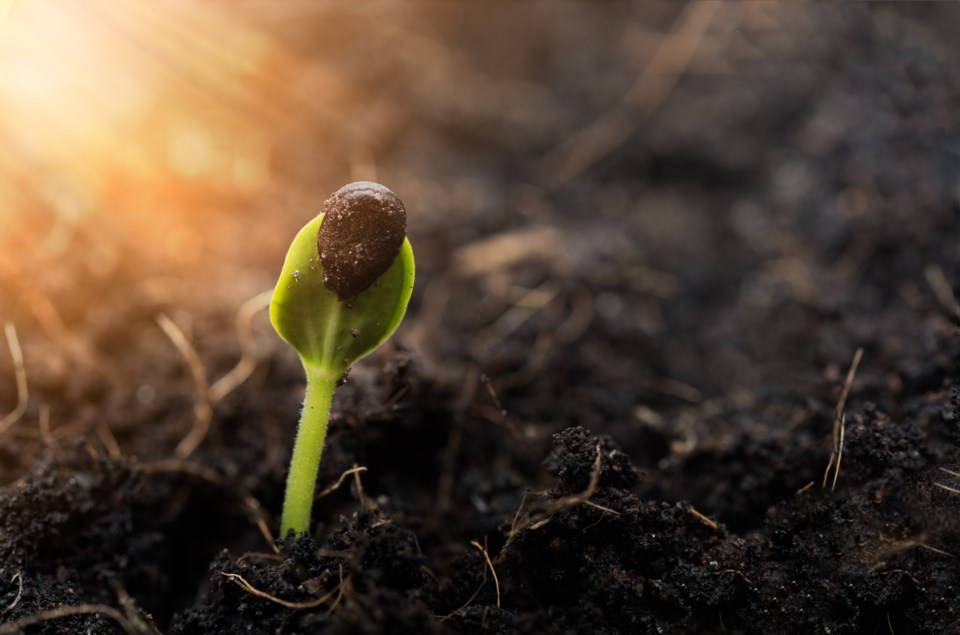For those of us who love starting our own seeds, the most important part of the process is timing.
Keeping records of when we start our seedlings is crucial to help adjust to the weather patterns each year, as they can vary as much as three weeks.
If you don’t have a small greenhouse or cold frame in which to hold and acclimatize your seedlings while waiting to set them out, it is always better to start seeds a little bit late rather than too early. Seedlings that are set out later will easily catch up with earlier plantings because each day becomes a little warmer as we move towards late spring and summer.
Seedlings started too early, especially ones started indoors in household conditions, tend to become tall, leggy and of poor quality. Ideally, there should be a smooth transition from the germination stage to hardening off the seedlings and finally, planting them in the ground.
Seed catalogues are your best guides for seeding starting times. They usually provide the length of time from planting outside until maturity. This will give you a good sense as to when you should start your seeds.
Cool-loving crops, like onions, brassicas and greens, such as spinach and lettuce, can usually go out when we get consistent daytime temperatures of 10 degrees Celsius and without night frosts. In our area, that can be as early as mid- to late-March.
Heat-loving plants, like tomatoes, peppers and cucumbers, can be set out only when we get consistent nighttime temperatures of 10 degrees Celsius, which, locally, is normally in late May. Keep in mind, these are the earliest dates; you can always plant later and, perhaps, have better success because the soil will be warmer with the longer hours of daylight.
Seeds are more expensive today, so you should do everything possible to get a good germination. For the home garden, I like to use traditional 10-inch by 20-inch flats with 1203 and 1204 inserts that give you various configurations of pack sizes and where you can seed one pack at a time and separate them when the seeds sprout. Use a good seed-starting mix or a quality blended soil, like Pro Mix or Sunshine Mix.
Plant your seeds shallow. Use a quality watering can to water them with quite warm water and keep the seeds moist until germination takes place. Once planted, cover the seed trays with damp newspaper and top with a thin sheet of plastic to hold in the humidity.
Once your seedlings have sprouted, put them near a window with bright light and allow them to become established. To keep the seedlings compact, it’s important to give them lots of light and to keep them somewhat cool and on the dry side.
Keep all your seeds either in your refrigerator or freezer until you are ready to seed your second and third crops. We’ve just started our early onion and leek crops, and next week leafy greens and brassicas will be underway.
📣 Got an opinion on this story or any others in the Tri-Cities? Send us a letter or email your thoughts or story tips to [email protected].
📲 Want to stay updated on Coquitlam, Port Coquitlam, Port Moody, Anmore and Belcarra news? Sign up for our free daily newsletter.
💬 Words missing in an article? Your adblocker might be preventing hyperlinked text from appearing.





